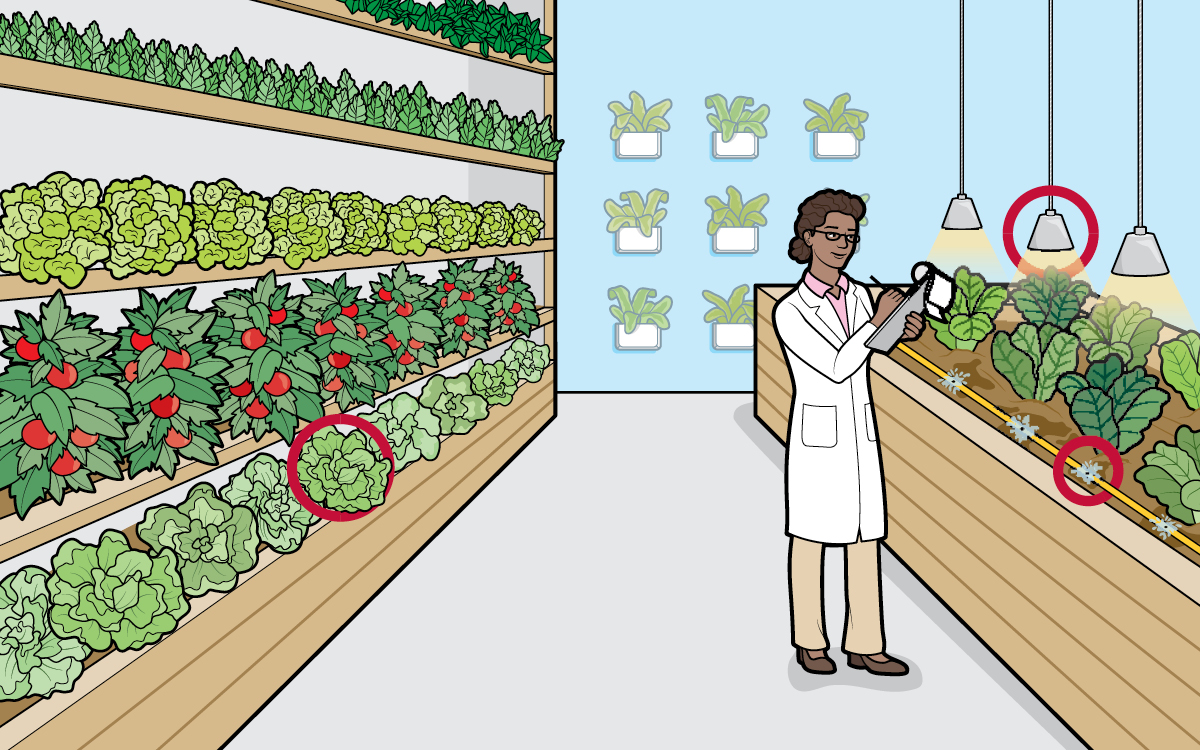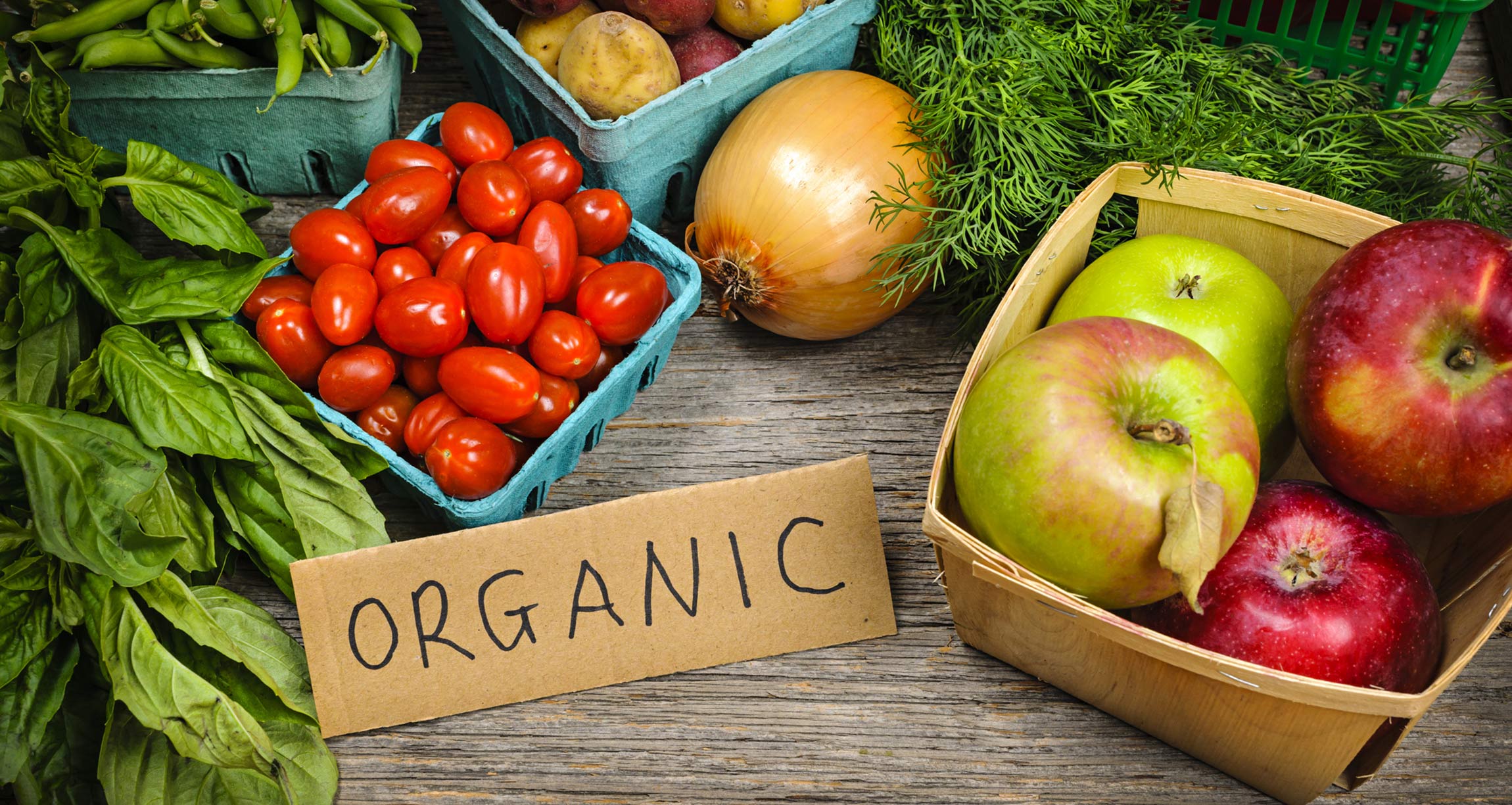While sales of organic produce and packaged foods are growing by leaps and bounds annually, organic food remains stubbornly unaffordable for many people in the United States. A new study out this week is a sobering reminder of the importance of avoiding food grown with synthetic pesticides -- and a motivation to forge a path toward greater access for all families.
Researchers studied pesticide exposures in four families that switched from their normal diets to all-organic diets. They found that the concentration of pesticides in participants plummeted after just six days on an organic diet. Seventeen of the 18 pesticides declined significantly.
Is this cause for concern? There have been very few studies that tracked the benefits of an organic diet in people. They're hard to do because pesticide levels vary from meal to meal, our diets vary widely over lifetimes, and it's necessary to account for people’s exposures to pesticides from other sources. Finally, very few people eat an all-organic diet in the United States, because of the higher cost and the challenge of access.
However, one family of pesticides that the study measured in people, organophosphates, has been studied extensively in children. The results of three long-term American studies found that exposure to the neurotoxin chlorpyrifos (the most common organophosphate) and other pesticides during pregnancy was associated with IQ loss and lasting behavior problems in children. While chlorpyrifos is rarely detected in measurable amounts on American produce, even these trace levels can be harmful. The new study shows a 60 percent decline in exposures when people eat organic foods.

The Obama EPA initiated a ban on Dow Chemical’s chlorpyrifos, the most commonly applied organophosphate pesticide in foods, which was immediately overturned by Trump’s EPA administrator Scott Pruitt.
The burgeoning organic industry allows some people to avoid exposure by purchasing food produced differently -- if they can afford it. Pesticide companies use this option as a narrative for opposing regulations: If people don’t want to consume pesticides, they should just purchase organic food. But that’s not a fair solution for most of our nation’s families or for those who struggle to earn enough to put food on the table. Currently, organic foods represent only 4 percent of the total market.
Environmental racism comes into full view when reviewing the data on toxic pesticide exposure in the production of U.S. food. Rural and agricultural communities suffer more exposure. In California, where 13 percent of our country’s cash crops are produced, the Department of Public Health found that Hispanic children are 46 percent more likely than white children to live within a quarter-mile of fields where pesticides of public health concern are being sprayed, and 91 percent more likely to go to school next to a site that uses high volumes of pesticides.1
Environmental advocates have long worked to limit the destructive practices of industrial agriculture and to expand the production of organics. We are proud to support the “Organic for All” campaign, which prioritizes access, equity, and affordability. By focusing on feeding everyone, we can advance policies that support organic production, like offering crop subsidies to people who grow food crops instead of cotton, corn for ethanol, or other industrialized commodities. We can fight for better food in schools, government meal programs, and sustainably produced, local food that doesn’t need much transport. We’ll expand our work to restrict the use of the most hazardous pesticides, reduce toxic exposure in our diets, and protect critical habitat. We must organize to defend our natural resources from pesticide contamination and protect our pollinators
We are committed to supporting accessibility to safe, healthy food, to just conditions for our farmworkers and agricultural communities, and to strong policies that prevent and reduce pesticide exposure. We call for an expansion of research, technical assistance, and credit for organic and conservation farming; and for an increase in support of beginning, disadvantaged, existing, and transitioning organic farmers. People shouldn’t have to choose between different levels of toxic exposure in the food they eat and give to their loved ones.
